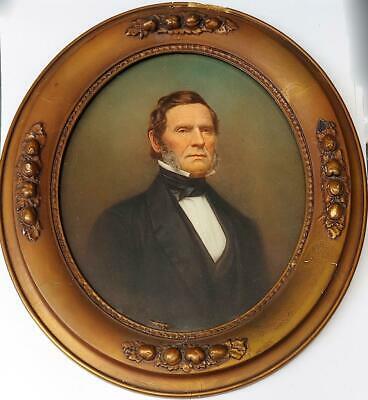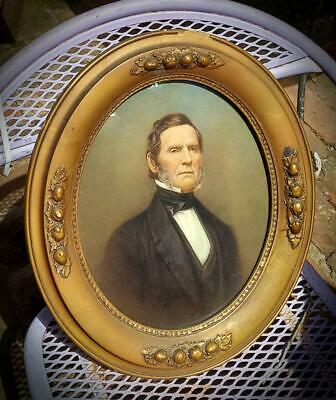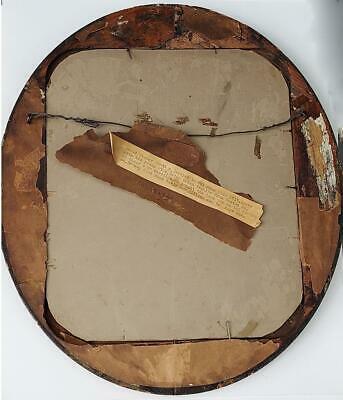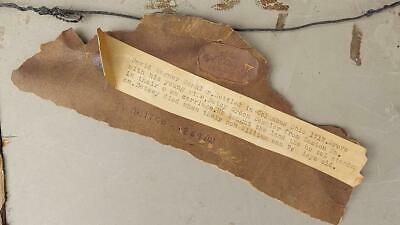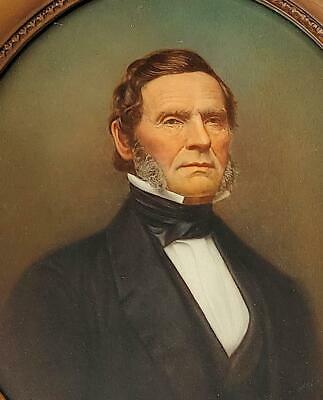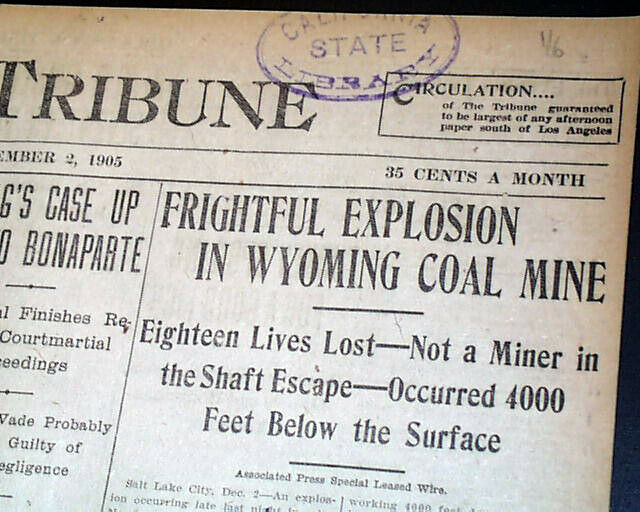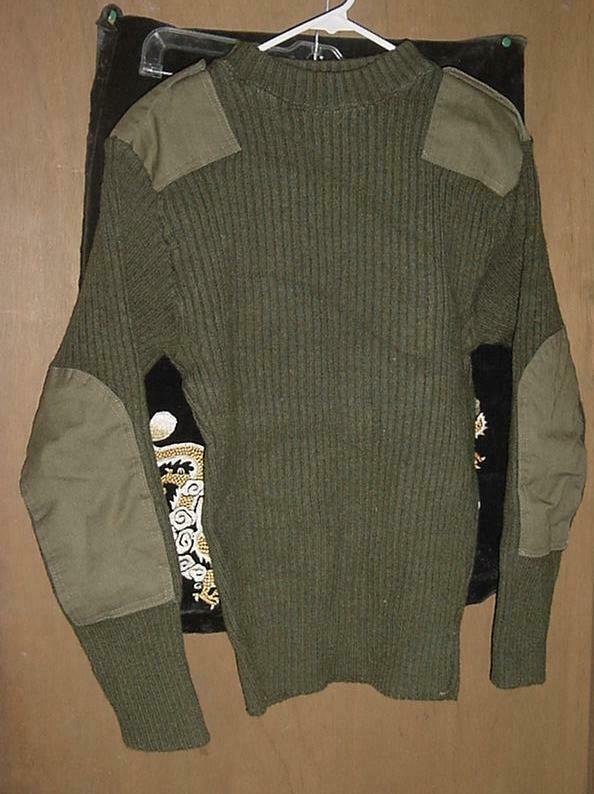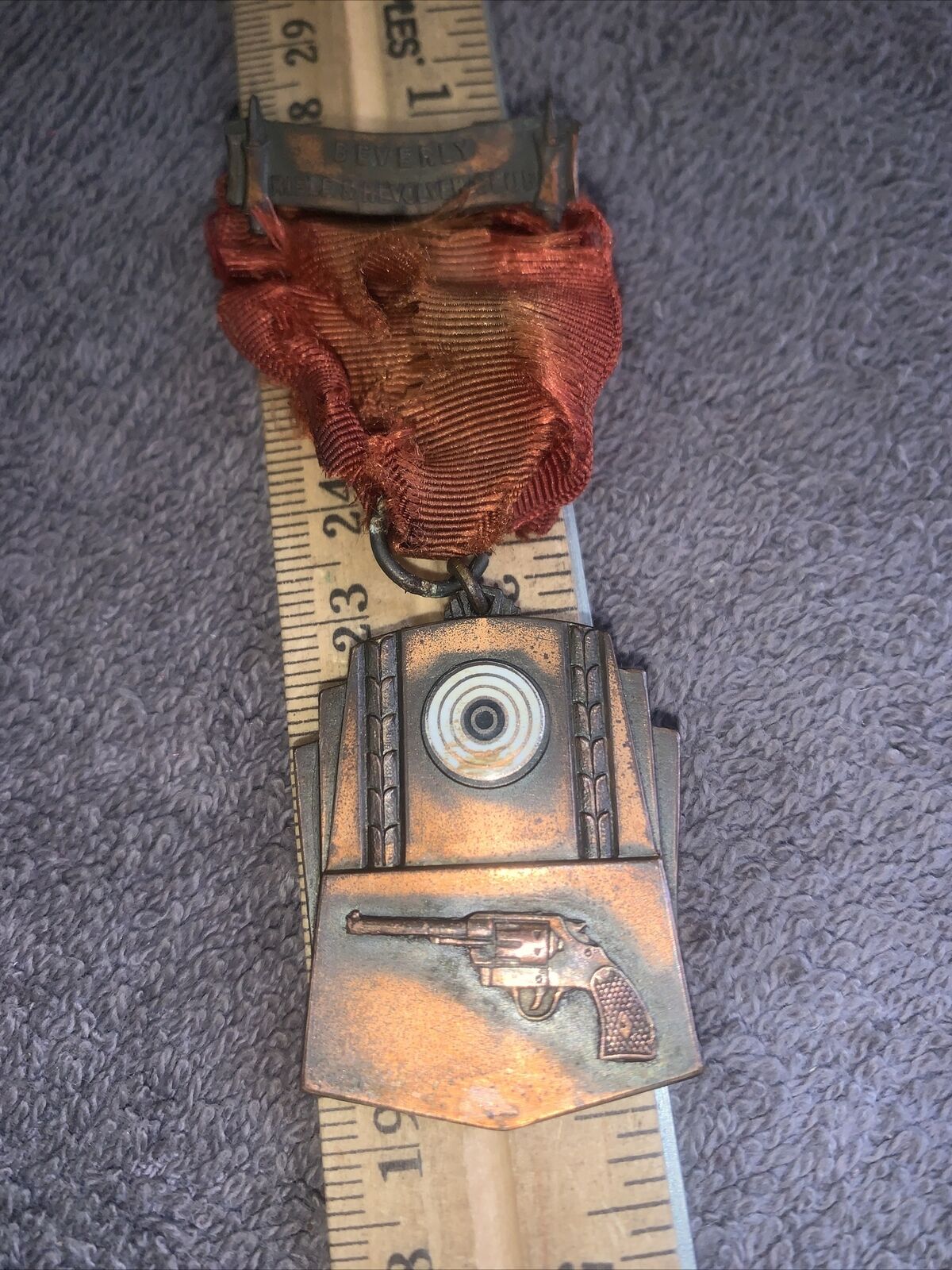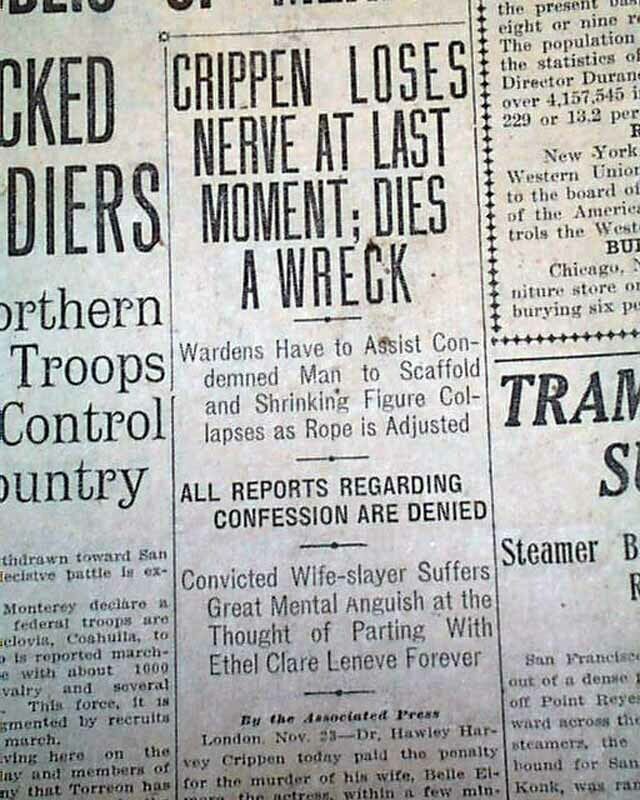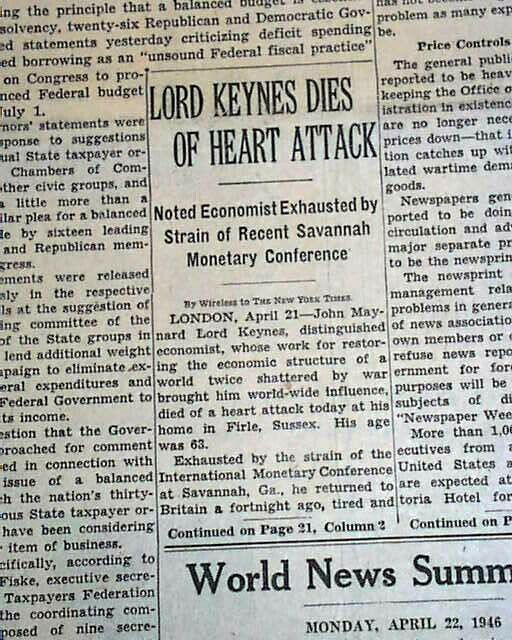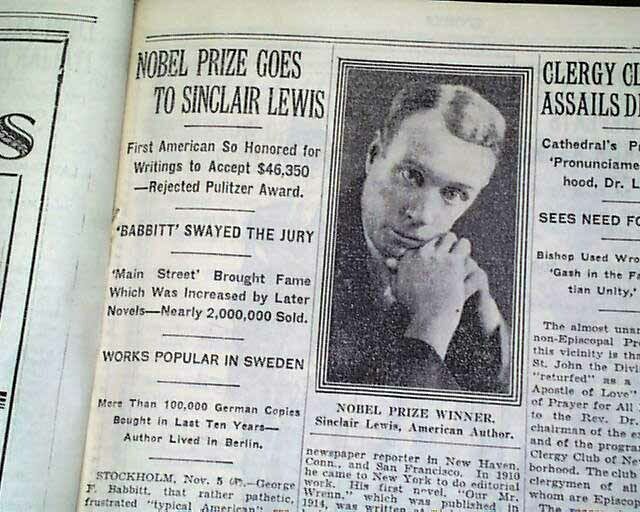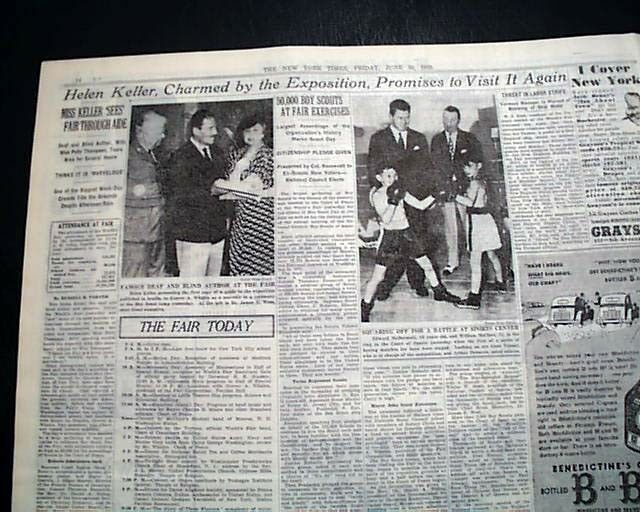-40%
Rare Oil Portrait of David Deshler Columbus,Ohio Pioneer legend Franklin County
$ 633.6
- Description
- Size Guide
Description
Rare original portrait of David Wagner Deshler. A Columbus, Ohio pioneer and legend. The portrait is sill housed in its original oval frame measures 10 x 12 inches. On the verso a family member typed a notation describing his arrival to Ohio… though he arrived in 1817 not 1717 as the label suggest. There is also a framers label called ‘Devos’ by east Chicago Avenue in Chicago label on the back as well. Historically important portrait that was found at yard sale; Original dimpled glass is also still intact. Here is an excellent article by writer Ed Lentz on the history of David Dreshler and his impact of Columbus, Ohio. We can still see examples in Columbus of the long legacy of a family named Deshler. Deshler Avenue and the Deshler Alcove at the Columbus Metropolitan Library come to mind. We can still see examples in Columbus of the long legacy of a family named Deshler. Deshler Avenue and the Deshler Alcove at the Columbus Metropolitan Library come to mind. But who exactly were these people? In brief, they were one of the founding families of Columbus and a group of people who were major actors in the making of the modern capital city. For more than 100 years, if one wanted to get something done in Columbus, one asked a Deshler for help. And the Deshlers were usually only too happy to oblige. The family’s story in Ohio’s capital city began with the arrival of David Deshler and his wife, Betsy Green Deshler, in 1817 from Easton, Pa. New to the state, David Deshler was a skilled cabinetmaker and he thought he might be able to find work in the city. The city itself was still rather new. Founded in 1812, Columbus had not seen much growth during the War of 1812. It was only in 1816 that the Ohio General Assembly began to meet in Columbus. In 1817, when David Deshler came to town, the total population was about 700 people living in simple one-room homes of frame, log and brick along dirt trails winding through the still uncut forest. David Deshler liked Columbus and decided to stay. He showed his confidence by purchasing a town lot for ,000 when almost any other lot could be had for 0. Deshler felt the lot might be worth something if one held onto it. It was close to the northwest corner of Broad and High streets and stayed in the family for more than 150 years. It is probably fair to say that the lot is now worth more than ,000. A lot of what we know about the early days of Columbus comes from letters sent by Betsy Green Deshler back East to friends and family. Kept by the family, her letters show a town of friendly people living on the edge of the frontier. It was a town where people helped each other and where life was dangerous. Marauding animals, rambunctious people and occasional floods all posed problems. But the worst threat was from disease. Malarial fevers swept through the community on a regular basis. Called the “Cold Ague” and “Shaking Ague,” the fevers took their toll. Betsy Green Deshler was one of the victims in 1827. She died at the age of 30 and left David Deshler with a young son to raise. Among other things, David Deshler made a wooden bookcase for the new state library on High Street near the two-story brick statehouse. But he soon discovered that one could not make a living building furniture in frontier Columbus. Being something of an entrepreneur, he tried several other ventures before settling on banking. David Deshler turned out to be a remarkably successful banker. In time, he acquired the entire northwest corner of Broad and High streets and built the four-story Deshler Block. At the corner was the entrance to the Deshler Bank. This building became the banking hub of Columbus for a number of years. A young clerk working the Deshler Bank received support from David Deshler and established his own bank. It was called P. W. Huntington and Company. By the time David Deshler died in 1869, he had seen Columbus become a town of 18,000 people. There were more than a dozen banks in town and David Deshler had deposits or other relationships with most of them. David’s son was more of a philanthropist than an entrepreneur. This is not to say he was not a shrewd businessman, because he was. A founder of the Hocking Valley Railroad, he nevertheless had a tendency to maintain and enhance existing family businesses rather than build all that many new ones. He visited Havana, Cuba, in the 1880s and liked the tree-lined boulevards of the city. Returning to Columbus, he made an offer to city leaders. If you will provide the land, I will provide the trees. They did and he did. And by 1890, East Broad Street had become a boulevard with four parallel lines of trees stretching away to the east for several miles. In another initiative, Deshler gave 0,000 -- an immense sum at the time -- to the Columbus Female Benevolent Society and helped endow the Hannah Neil Mission and Home for the Friendless. Both charities still exist today. Born in 1827, William Green Deshler had passed most of the day-to-day operation of the family enterprises to his son, John Green Deshler, by the turn of the century. In his last years, he became more and more interested in doing something new at the corner of Broad and High streets. By the time he died in 1916, William Green Deshler had seen his son realize his dream. Leveling the aging Deshler Block in 1915, John Green Deshler replaced it with the Deshler Hotel -- the newest, most modern and certainly one of the most luxurious places in the city when it opened in 1916. Built at a cost of more than .5-million, the Deshler Hotel quickly became a landmark and would remain one until it closed in 1968. Remaining the most expensive parking lot in Columbus for almost 15 years, the corner of Broad and High eventually became the home of the One Columbus Building. John Deshler knew that his building would not last forever. At the time the hotel was constructed, he consigned several of his mother’s letters from frontier Columbus to a time capsule with a letter to whoever might open it. It demonstrates one of the things that linked the Deshlers across three generations of Columbus history -- a cultivated sense of humor. The letter read in part: “It may seem a foolish thing for me to write a letter to a person who is probably not yet born and who will not be able to read the letter for over 75 years ... Although I cannot be with you when you read this letter. I can imagine the sympathetic smile that will come over your face as you say, ‘That poor old man, how far he was behind in the times.’ But there is one thing you will not know and I will know -- I know now where you will be when you take this letter out of the box, but you will not know where I am at that time, and possibly I may have progressed much further than you have done.” And knowing what we know of John G. Deshler, he may have done just that. Ed Lentz writes a history column for This Week.Rare Oil Portrait of David Deshler Columbus,Ohio Pioneer legend Franklin County
Rare Oil Portrait of David Deshler Columbus,Ohio Pioneer legend Franklin County
Click images to enlarge
Description
Rare original portrait of David Wagner Deshler. A Columbus, Ohio pioneer and legend. The portrait is sill housed in its original oval frame measures 10 x 12 inches. On the verso a family member typed a notation describing his arrival to Ohio… though he arrived in 1817 not 1717 as the label suggest.
There is also a framers label on the verso by the name of ‘Devos’ located on the East Chicago Avenue in Chicago.
Historically important portrait that was found at yard sale; Original dimpled glass is also still intact.
Here is an excellent article by writer Ed Lentz on the history of David Dreshler and his impact of Columbus, Ohio.
We can still see examples in Columbus of the long legacy of a family named Deshler. Deshler Avenue and the Deshler Alcove at the Columbus Metropolitan Library come to mind.
We can still see examples in Columbus of the long legacy of a family named Deshler. Deshler Avenue and the Deshler Alcove at the Columbus Metropolitan Library come to mind.
But who exactly were these people? In brief, they were one of the founding families of Columbus and a group of people who were major actors in the making of the modern capital city. For more than 100 years, if one wanted to get something done in Columbus, one asked a Deshler for help. And the Deshlers were usually only too happy to oblige.
The family’s story in Ohio’s capital city began with the arrival of David Deshler and his wife, Betsy Green Deshler, in 1817 from Easton, Pa. New to the state, David Deshler was a skilled cabinetmaker and he thought he might be able to find work in the city.
The city itself was still rather new. Founded in 1812, Columbus had not seen much growth during the War of 1812. It was only in 1816 that the Ohio General Assembly began to meet in Columbus. In 1817, when David Deshler came to town, the total population was about 700 people living in simple one-room homes of frame, log and brick along dirt trails winding through the still uncut forest.
David Deshler liked Columbus and decided to stay. He showed his confidence by purchasing a town lot for ,000 when almost any other lot could be had for 0. Deshler felt the lot might be worth something if one held onto it. It was close to the northwest corner of Broad and High streets and stayed in the family for more than 150 years. It is probably fair to say that the lot is now worth more than ,000.
A lot of what we know about the early days of Columbus comes from letters sent by Betsy Green Deshler back East to friends and family.
Kept by the family, her letters show a town of friendly people living on the edge of the frontier. It was a town where people helped each other and where life was dangerous. Marauding animals, rambunctious people and occasional floods all posed problems. But the worst threat was from disease. Malarial fevers swept through the community on a regular basis. Called the “Cold Ague” and “Shaking Ague,” the fevers took their toll. Betsy Green Deshler was one of the victims in 1827. She died at the age of 30 and left David Deshler with a young son to raise.
Among other things, David Deshler made a wooden bookcase for the new state library on High Street near the two-story brick statehouse. But he soon discovered that one could not make a living building furniture in frontier Columbus. Being something of an entrepreneur, he tried several other ventures before settling on banking.
David Deshler turned out to be a remarkably successful banker. In time, he acquired the entire northwest corner of Broad and High streets and built the four-story Deshler Block. At the corner was the entrance to the Deshler Bank.
This building became the banking hub of Columbus for a number of years. A young clerk working the Deshler Bank received support from David Deshler and established his own bank. It was called P. W. Huntington and Company. By the time David Deshler died in 1869, he had seen Columbus become a town of 18,000 people. There were more than a dozen banks in town and David Deshler had deposits or other relationships with most of them.
David’s son was more of a philanthropist than an entrepreneur. This is not to say he was not a shrewd businessman, because he was. A founder of the Hocking Valley Railroad, he nevertheless had a tendency to maintain and enhance existing family businesses rather than build all that many new ones.
He visited Havana, Cuba, in the 1880s and liked the tree-lined boulevards of the city. Returning to Columbus, he made an offer to city leaders. If you will provide the land, I will provide the trees. They did and he did. And by 1890, East Broad Street had become a boulevard with four parallel lines of trees stretching away to the east for several miles.
In another initiative, Deshler gave 0,000 -- an immense sum at the time -- to the Columbus Female Benevolent Society and helped endow the Hannah Neil Mission and Home for the Friendless. Both charities still exist today.
Born in 1827, William Green Deshler had passed most of the day-to-day operation of the family enterprises to his son, John Green Deshler, by the turn of the century. In his last years, he became more and more interested in doing something new at the corner of Broad and High streets. By the time he died in 1916, William Green Deshler had seen his son realize his dream.
Leveling the aging Deshler Block in 1915, John Green Deshler replaced it with the Deshler Hotel -- the newest, most modern and certainly one of the most luxurious places in the city when it opened in 1916.
Built at a cost of more than .5-million, the Deshler Hotel quickly became a landmark and would remain one until it closed in 1968. Remaining the most expensive parking lot in Columbus for almost 15 years, the corner of Broad and High eventually became the home of the One Columbus Building.
John Deshler knew that his building would not last forever. At the time the hotel was constructed, he consigned several of his mother’s letters from frontier Columbus to a time capsule with a letter to whoever might open it. It demonstrates one of the things that linked the Deshlers across three generations of Columbus history -- a cultivated sense of humor.
The letter read in part:
“It may seem a foolish thing for me to write a letter to a person who is probably not yet born and who will not be able to read the letter for over 75 years ... Although I cannot be with you when you read this letter. I can imagine the sympathetic smile that will come over your face as you say, ‘That poor old man, how far he was behind in the times.’ But there is one thing you will not know and I will know -- I know now where you will be when you take this letter out of the box, but you will not know where I am at that time, and possibly I may have progressed much further than you have done.”
And knowing what we know of John G. Deshler, he may have done just that.
(Ed Lentz writes a history column for
This Week)
ref:container/50 bdr
Get images that
make Supersized seem small.
Showcase your items with Auctiva's
Listing Templates!
THE simple solution for eBay sellers.
Track Page Views With
Auctiva's FREE Counter
